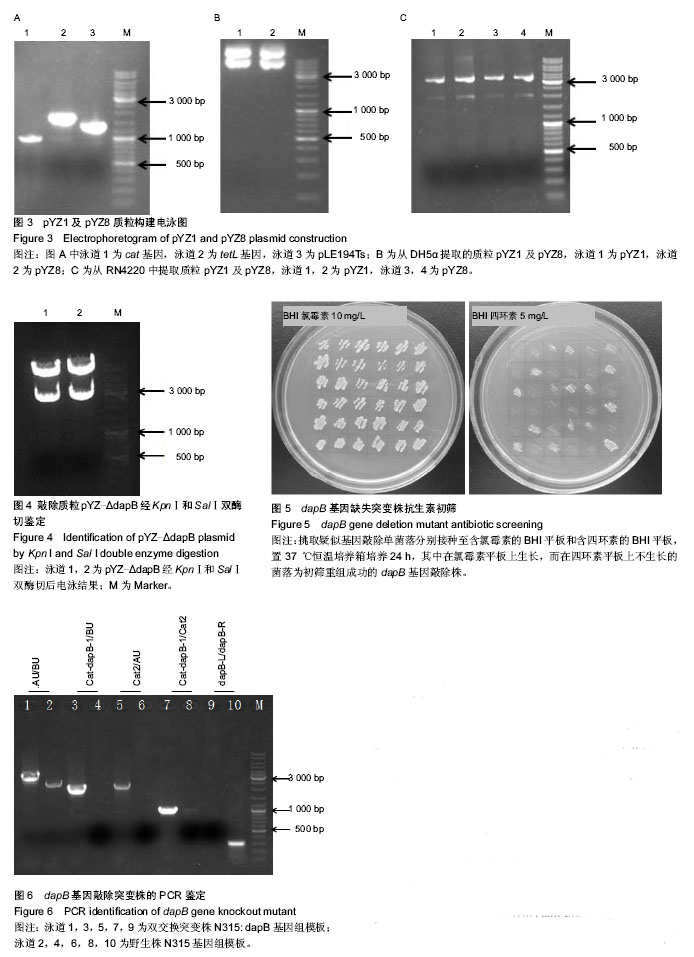| [1] Cheng H,Yuan W,Zeng F,et al.Molecular and phenotypic evidence for the spread of three major methicillin-resistant Staphylococcus aureus clones associated with two characteristic antimicrobial resistance profiles in China. J Antimicrob Chemother. 2013;68(11):2453-2457.
[2] Yuan W, Hu Q, Cheng H, et al. Cell wall thickening is associated with adaptive resistance to amikacin in methicillin-resistant Staphylococcus aureus clinical isolates. J Antimicrob Chemother. 2013;68(5):1089-1096.
[3] Zhang X, Hu Q, Yuan W, et al. First report of a sequence type 239 vancomycin-intermediate Staphylococcus aureus isolate in Mainland China. Diagn Microbiol Infect Dis. 2013;77(1): 64-68.
[4] Zhang X, Xu X, Yuan W, et al.Complete Genome Sequence of Staphylococcus aureus XN108, an ST239-MRSA-SCCmec III Strain with Intermediate Vancomycin Resistance Isolated in Mainland China. Genome Announc. 2014;2(4). pii: e00449- 00414.
[5] Lee AS, Huttner B, Harbarth S. Control of methicillin-resistant Staphylococcus aureus. Infect Dis Clin North Am. 2011; 25: 155-179.
[6] Lowy FD. Secrets of a superbug. Nat Med. 2007; 13: 1418- 1420.
[7] Salmenlinna S, Lyytikainen O, Vainio A, et al. Human cases of methicillin-resistant Staphylococcus aureus CC398, Finland. Emerg Infect Dis. 2010; 16: 1626-1629.
[8] Hanaki H, Kuwahara-Arai K, Boyle-Vavra S, et al. Activated cell-wall synthesis is associated with vancomycin resistance in methicillin-resistant Staphylococcus aureus clinical strains Mu3 and Mu50. J Antimicrob Chemother. 1998; 42: 199-209.
[9] Sakurai S, Suzuki H, Hata T,et al. A novel positive regulatory element for exfoliative toxin A gene expression in Staphylococcus aureus.Microbiology. 2004;150(Pt 4): 945-952.
[10] Shang F, Xue T, Sun H, et al. The Staphylococcus aureus GGDEF domain-containing protein, GdpS, influences protein A gene expression in a cyclic diguanylic acid-independent manner. Infect Immun. 2009; 77: 2849-2856.
[11] Nair D, Memmi G, Hernandez D,et al. Whole-genome sequencing of Staphylococcus aureus strain RN4220, a key laboratory strain used in virulence research, identifies mutations that affect not only virulence factors but also the fitness of the strain. J Bacteriol. 2011;193(9):2332-2335.
[12] Katayama Y, Ito T, Hiramatsu K. A new class of genetic element, staphylococcus cassette chromosome mec, encodes methicillin resistance in Staphylococcus aureus. Antimicrob Agents Chemother. 2000; 44: 1549-1555.
[13] Augustin J, Gotz F. Transformation of Staphylococcus epidermidis and other staphylococcal species with plasmid DNA by electroporation. FEMS Microbiol Lett. 1990; 54: 203-207.
[14] Ginger Rhoads Kraemer DJJI. High-frequency transformation of Staphylococcus aureus by electroporation. Curr Microbiol. 1990;21: 373-376.
[15] Brückner R.Gene replacement in Staphylococcus carnosus and Staphylococcus xylosus. FEMS Microbiol Lett. 1997; 151(1):1-8.
[16] Bose JL, Lehman MK, Fey PD, et al. Contribution of the Staphylococcus aureus Atl AM and GL murein hydrolase activities in cell division, autolysis, and biofilm formation. PLoS One. 2012; 7: e42244. |

.jpg)
.jpg)
.jpg)